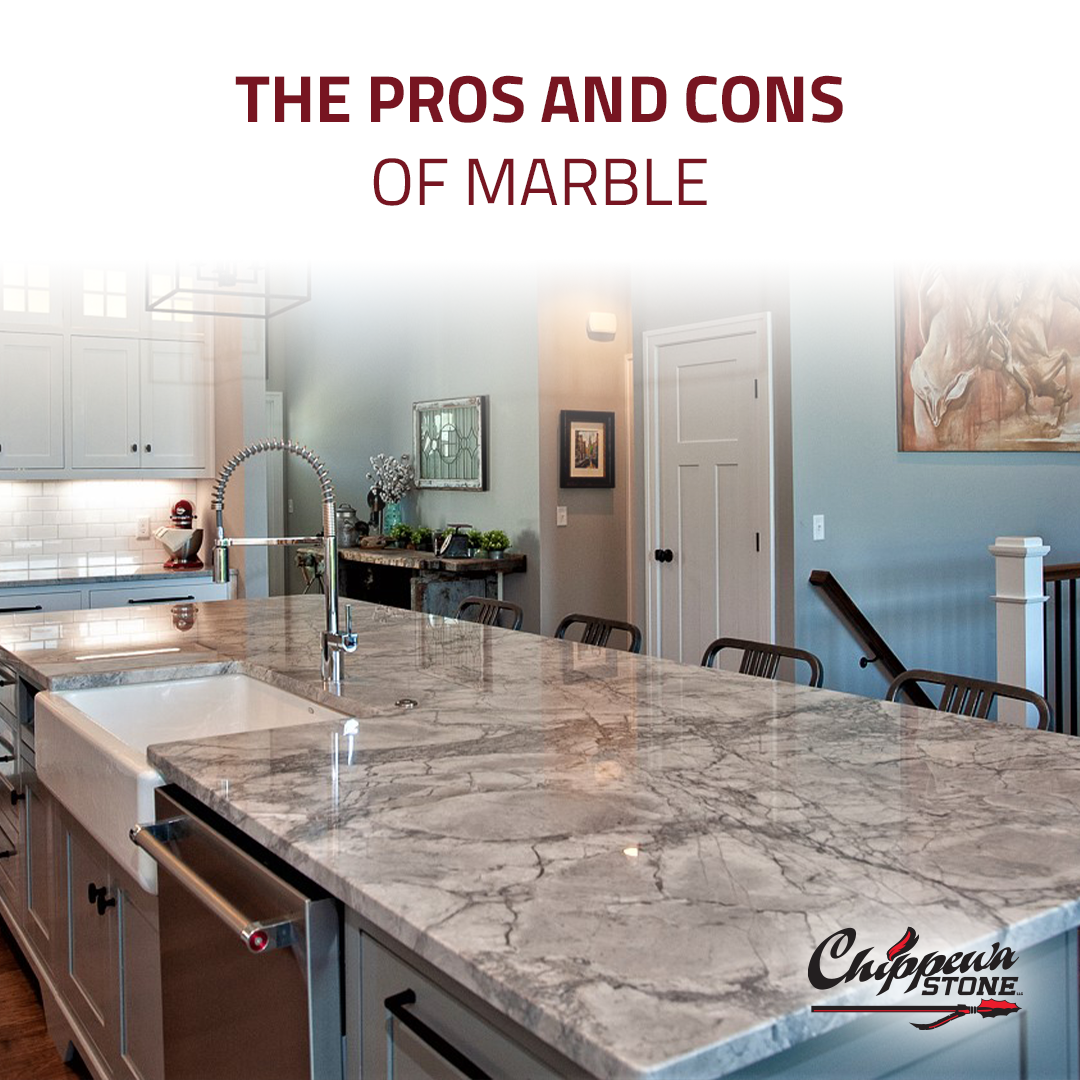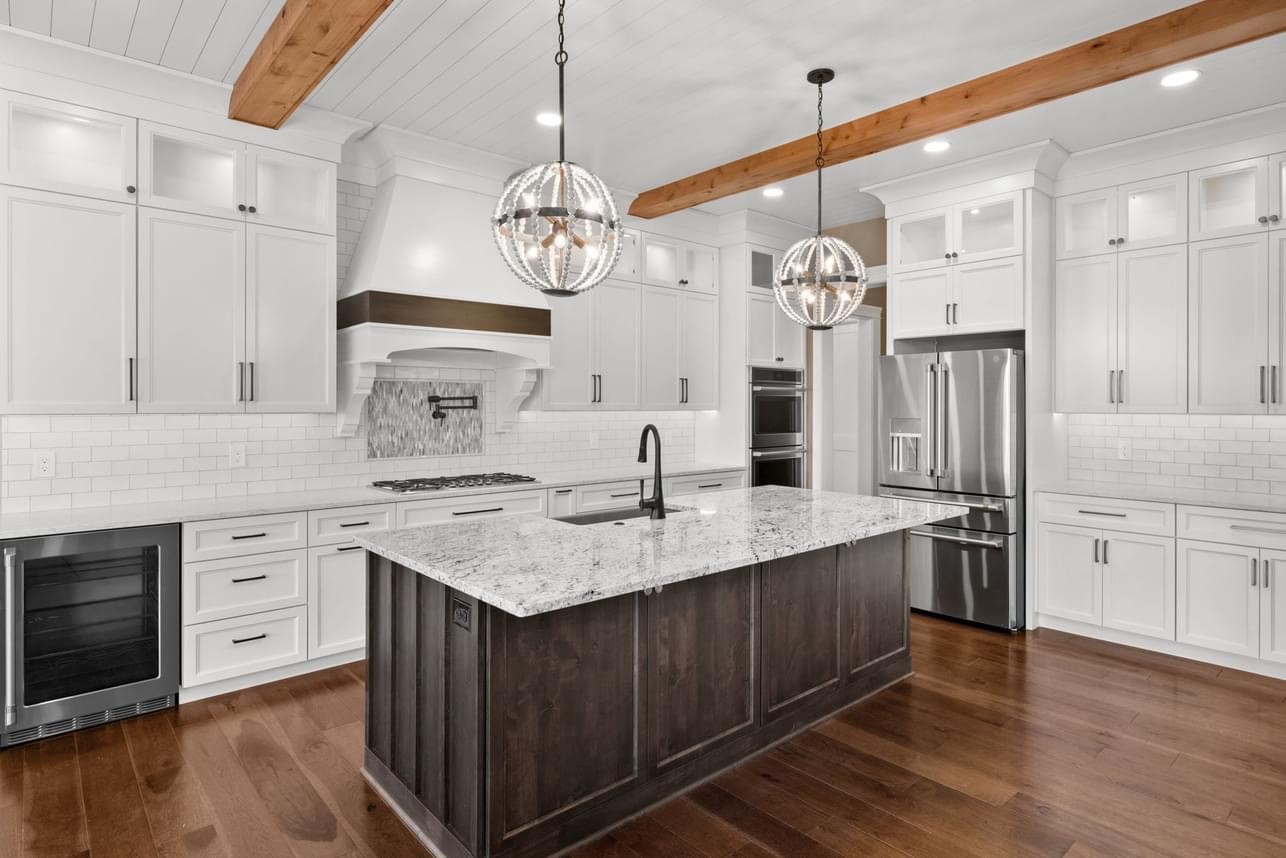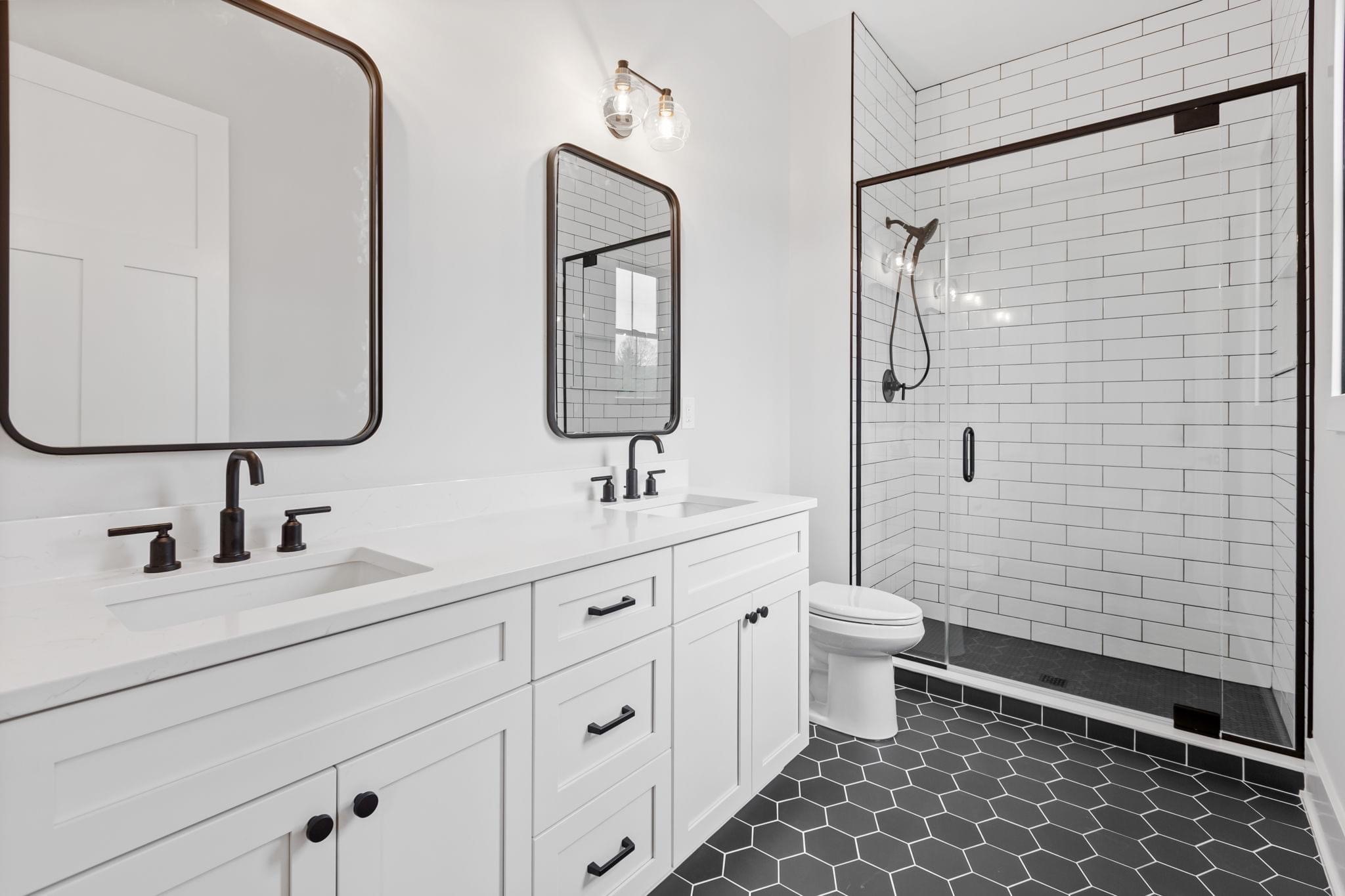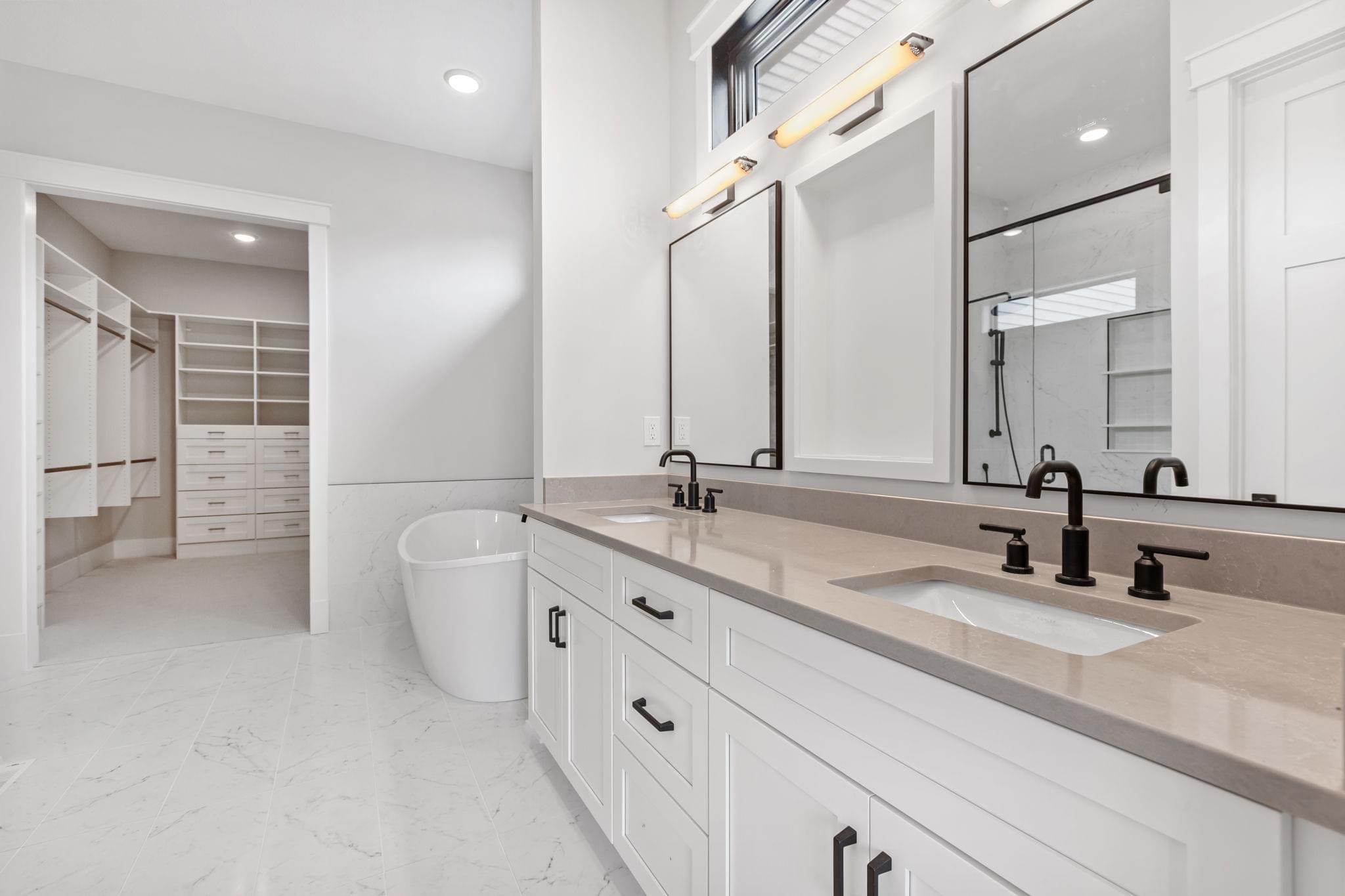Marble has been a symbol of luxury and elegance for centuries. From ancient sculptures to modern-day architecture, this natural stone has adorned some of the most iconic buildings and homes around the world. Its timeless beauty and unique veining patterns make it a popular choice for homeowners looking to add a touch of sophistication to their spaces. However, like any material, marble comes with its own set of advantages and disadvantages. In this blog, we’ll explore the pros and cons of marble to help you determine whether it’s the right choice for your home.
What is Marble?
Marble is a metamorphic rock formed from limestone under intense heat and pressure within the Earth’s crust. This process causes the calcite in the limestone to recrystallize, forming the characteristic veining and patterns that marble is known for. The result is a dense, durable stone that has been prized for its beauty for thousands of years.
Marble is available in a wide range of colors, including white, gray, black, green, and pink, each with its own unique veining patterns. The most famous variety is Carrara marble, a white marble with subtle gray veining, sourced from the quarries in Carrara, Italy. This type of marble has been used in countless sculptures and buildings, including Michelangelo’s David and the Pantheon in Rome.
The Pros of Marble
1. Timeless Aesthetic Appeal
One of the most significant advantages of marble is its timeless beauty. The natural veining and wide range of colors make it a versatile material that can complement various design styles, from classic to contemporary. Marble has a luxurious appearance that can elevate the overall look of any space, making it a popular choice for countertops and even walls. The distinct veining in each slab of marble ensures that no two pieces are exactly alike, giving your home a unique and personalized touch. Whether you’re going for a traditional, elegant look or a modern, minimalist design, marble can enhance the aesthetic appeal of your home.
2. Durability
Despite its soft appearance, marble is a durable stone that can withstand a significant amount of wear and tear. When properly sealed and maintained, marble surfaces can last for decades, making them a long-term investment for your home. Marble is especially popular in high-traffic areas like kitchens and bathrooms, where its durability is put to the test. However, it’s essential to note that while marble is durable, it is not indestructible. It can scratch and etch if not cared for properly, but with the right precautions, marble can maintain its beauty and functionality for many years.
3. Heat Resistance
Marble is naturally heat-resistant, making it an excellent choice for kitchen countertops and fireplaces. It can withstand high temperatures without being damaged, which is why it’s often used in areas where hot pots, pans, and dishes are frequently placed. This heat resistance also makes marble a popular choice for fireplace surrounds and hearths, where it can handle the heat from a roaring fire.
4. Adds Value to Your Home
Installing marble in your home can increase its resale value. Buyers often associate marble with luxury and high-end finishes, making it an attractive feature for potential buyers. Whether you’re planning to sell your home in the near future or simply want to invest in its long-term value, marble can be a smart choice.
5. Cool Surface
Marble has a naturally cool surface, making it ideal for warm climates or areas where you want a refreshing touch, such as a kitchen or bathroom. The coolness of marble can also be beneficial for bakers, as the stone provides an excellent surface for rolling out dough and working with pastry.
The Cons of Marble
1. High Maintenance
One of the most significant drawbacks of marble is its high maintenance requirements. Marble is a porous stone, which means it can absorb liquids and stains if not properly sealed. To keep your marble surfaces looking their best, you’ll need to seal them regularly, typically once a year, depending on the type of marble and the amount of use it receives. Marble is also susceptible to etching, which occurs when acidic substances like lemon juice, vinegar, or wine come into contact with the surface. Etching can leave dull spots or marks on the marble, which can be difficult to remove. To prevent etching, it’s essential to wipe up spills immediately and avoid using harsh cleaners on marble surfaces.
2. Susceptibility to Scratches and Stains
Although marble is durable, it is softer than some other natural stones like granite or quartzite, making it more susceptible to scratches. Sharp objects like knives can easily scratch marble countertops if used directly on the surface. To protect your marble, it’s essential to use cutting boards and avoid dragging heavy objects across the surface. In addition to scratches, marble is prone to staining, especially if it is not sealed properly. Common household substances like red wine, coffee, and oil can penetrate the surface of the marble and leave stains that are difficult to remove. While regular sealing can help reduce the risk of staining, it’s important to be mindful of what comes into contact with your marble surfaces.
3. Cost
Marble is one of the more expensive natural stone options on the market. The cost of marble can vary depending on the type, color, and veining, but it is generally more expensive than other materials like granite or engineered quartz. In addition to the cost of the material itself, the installation of marble can also be costly, as it requires skilled labor to ensure proper fitting and sealing. For homeowners on a budget, the high cost of marble may be a significant deterrent. However, if you’re looking for a luxurious and timeless material that will add value to your home, the investment in marble may be worth it.
4. Vulnerability to Acidic Substances
As mentioned earlier, marble is particularly vulnerable to acidic substances, which can cause etching on the surface. Etching is a chemical reaction that occurs when acid comes into contact with the calcium carbonate in marble, leaving dull spots or marks on the surface. This vulnerability makes marble less suitable for areas where acidic foods and drinks are frequently used, such as kitchen countertops. To minimize the risk of etching, it’s important to use coasters, placemats, and trivets when placing acidic items on marble surfaces. Additionally, using pH-neutral cleaners specifically designed for marble can help protect the stone from damage.
5. Weight
Marble is a dense and heavy material, which can pose challenges during installation. The weight of marble slabs requires a sturdy subfloor or base to support it, and the installation process can be labor-intensive and time-consuming. In some cases, additional structural support may be needed to accommodate the weight of marble countertops, which can add to the overall cost of the project. The heavy nature of marble also means that once it’s installed, it can be difficult to change or replace. Homeowners should be sure that they are fully committed to the look and feel of marble before choosing it for their home.
Where Marble Works Best
Given its pros and cons, marble is best suited for certain applications in the home. Understanding where marble shines can help you make an informed decision about whether it’s the right material for your project.
1. Bathrooms
Marble is a popular choice for bathrooms due to its luxurious appearance and cool surface. It can be used for countertops, vanity tops, and shower walls. The natural veining in marble can create a spa-like atmosphere in a bathroom, making it a retreat within your home. While marble can be prone to staining and etching, bathrooms typically see less acidic substances than kitchens, making marble a more suitable choice for this space. Regular sealing and proper maintenance can help keep marble looking beautiful in a bathroom setting.
2. Fireplaces
Marble’s heat resistance makes it an excellent choice for fireplace surrounds and hearths. The natural beauty of marble can create a stunning focal point in your living room or family room, adding a touch of elegance to the space. Whether you choose a classic white marble or a more dramatic colored variety, marble can enhance the overall look of your fireplace.
3. Accent Walls and Backsplashes
Marble can be used to create striking accent walls or backsplashes in kitchens, bathrooms, or other areas of your home. The unique veining and patterns in marble can add visual interest and texture to a space, making it a focal point in the room. While marble backsplashes may require more maintenance than other materials, the aesthetic appeal can be well worth the effort.
Is Marble Right for You?
Marble is undoubtedly a beautiful and luxurious material that can add value and elegance to your home. However, its high maintenance requirements, susceptibility to scratches and stains, and cost are important factors to consider when deciding whether marble is the right choice for your project.
If you’re drawn to the timeless beauty of marble and are willing to invest in its care and maintenance, it can be an excellent choice for areas like bathrooms and accent walls. On the other hand, if you need a more durable and low-maintenance option, other natural stones like granite or quartzite may be better suited to your needs.
At Chippewa Stone, we offer a wide selection of high-quality marble and other natural stones to help you achieve the look and feel you desire for your home. Our team of experts is here to guide you through the selection process, ensuring you find the perfect material that meets both your aesthetic preferences and practical needs. Contact us today to explore our marble collection and start transforming your space with the timeless beauty of natural stone.








